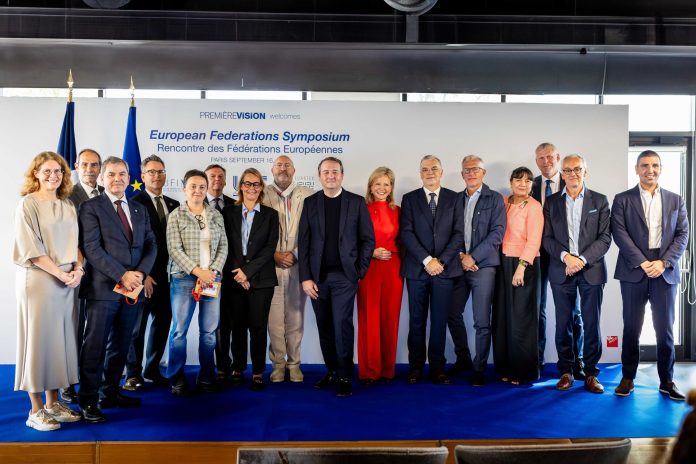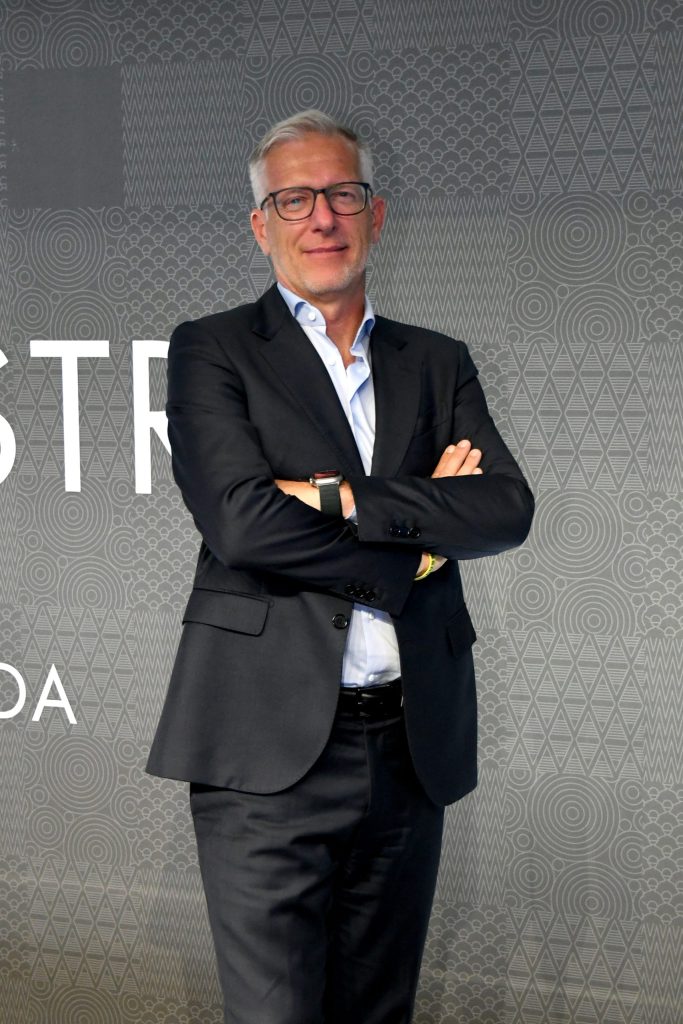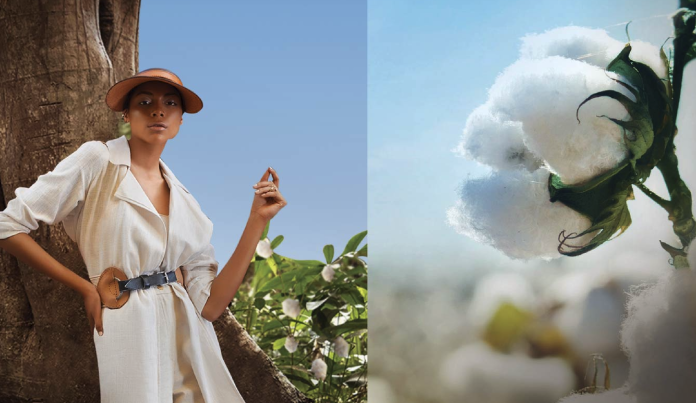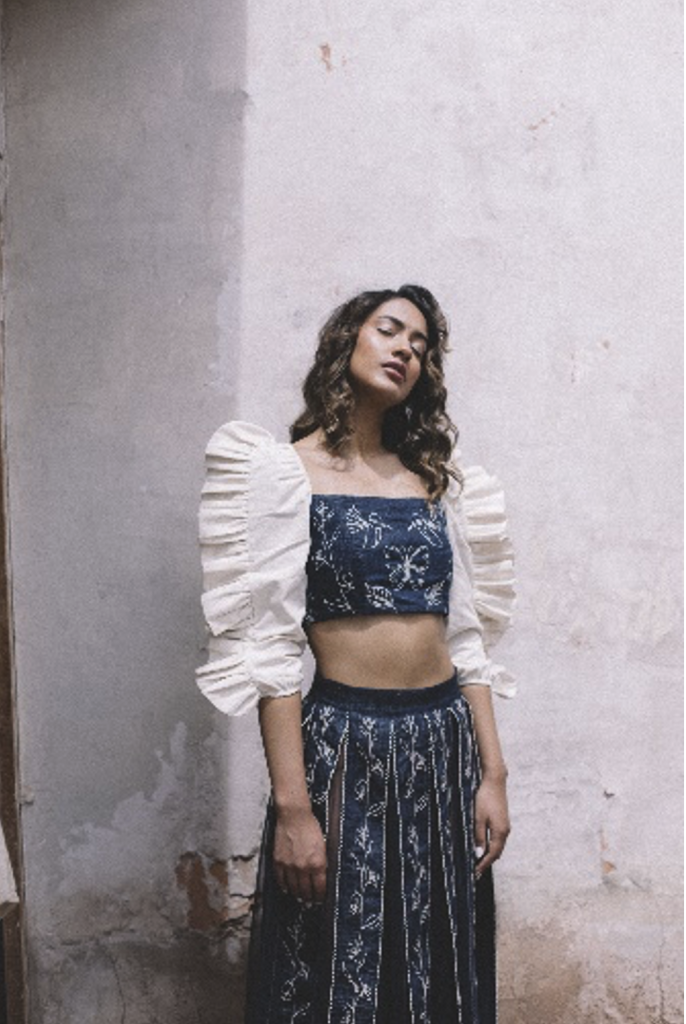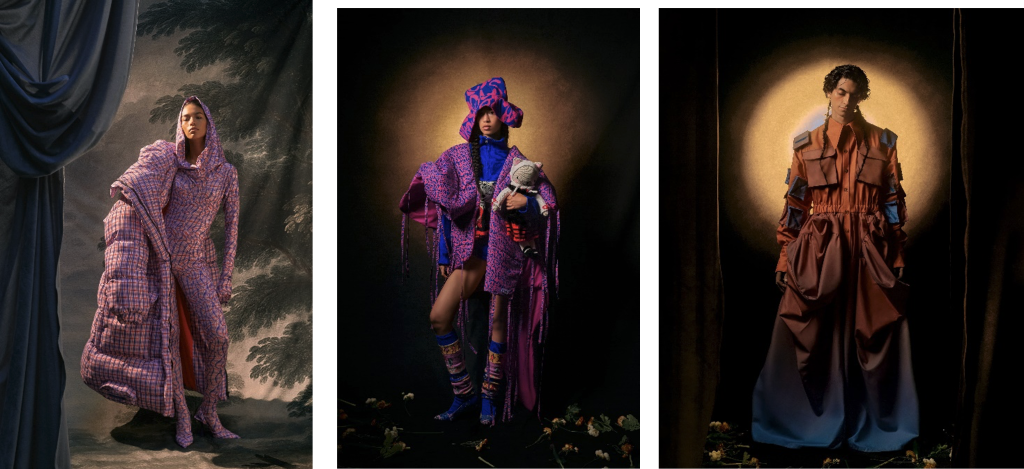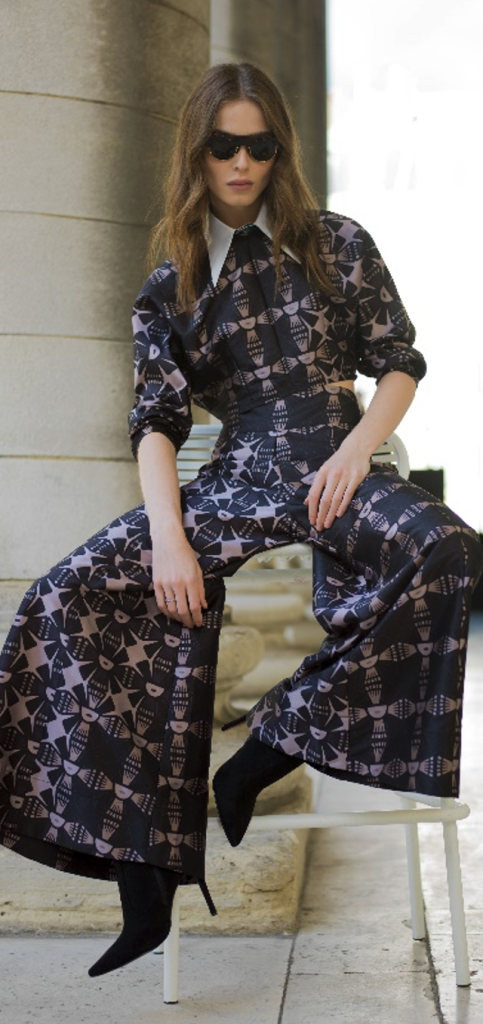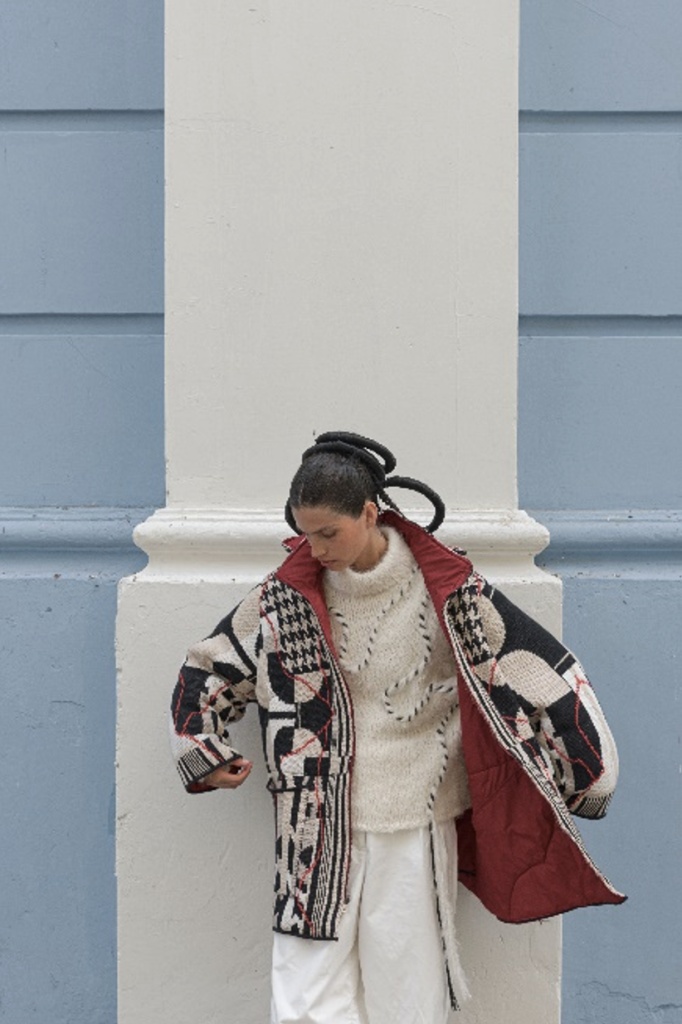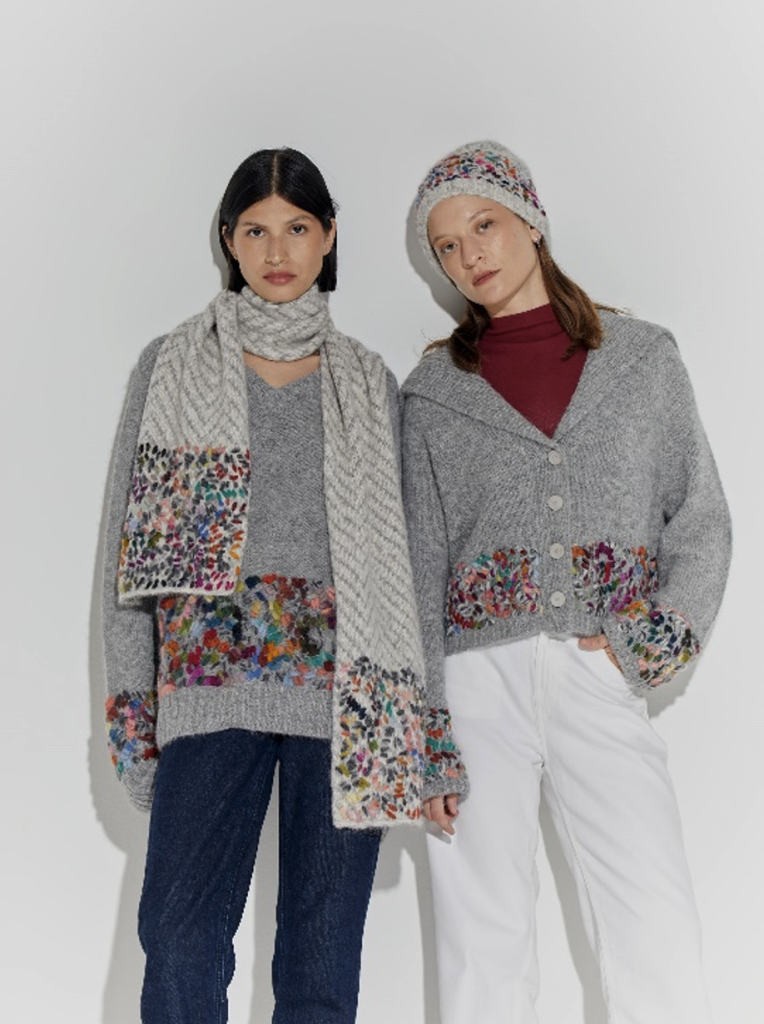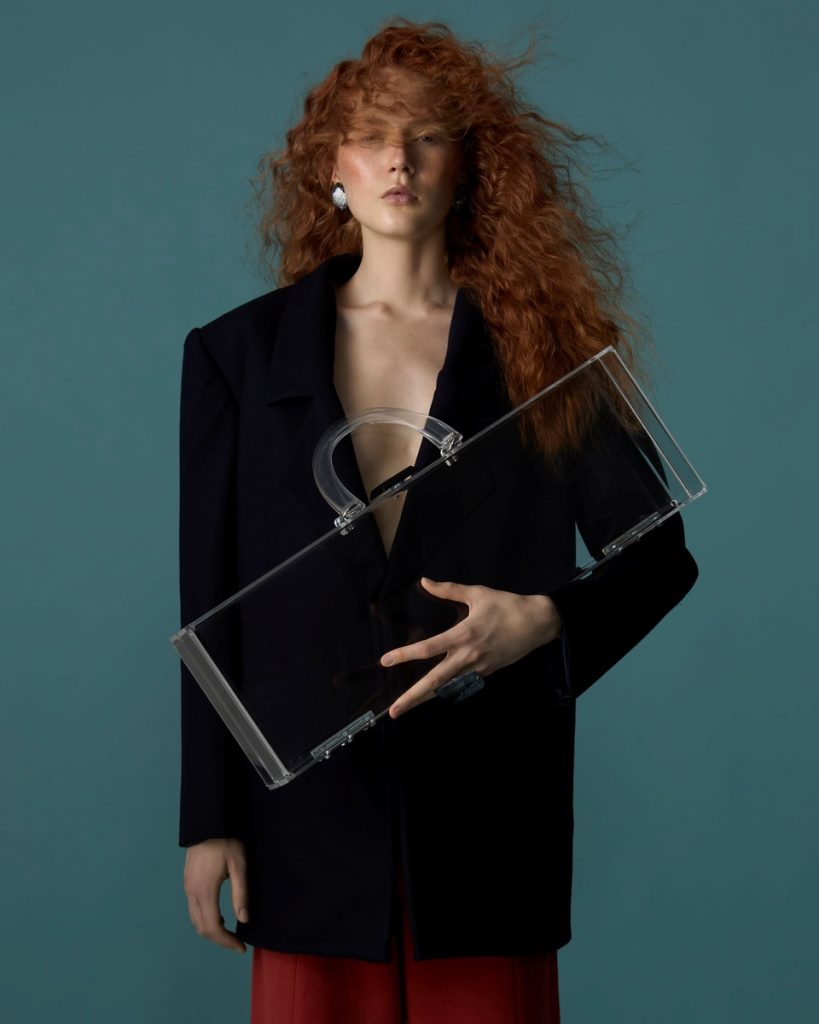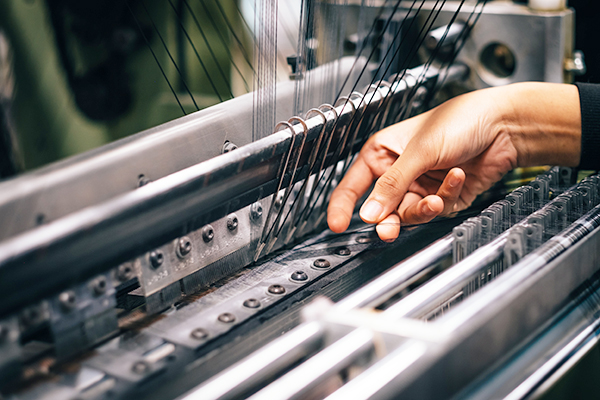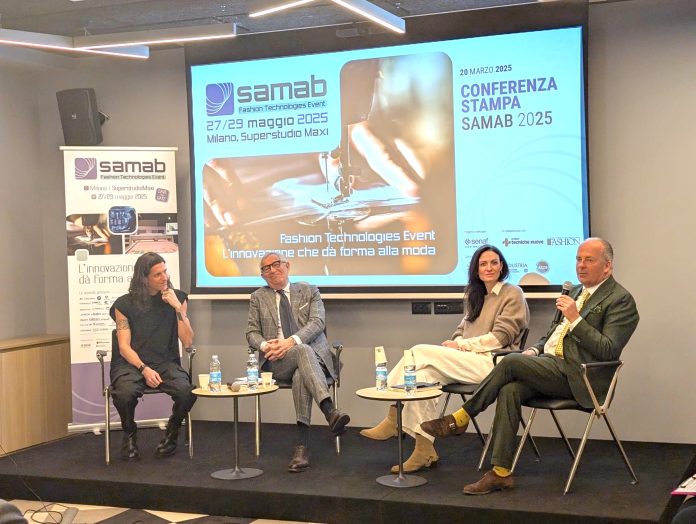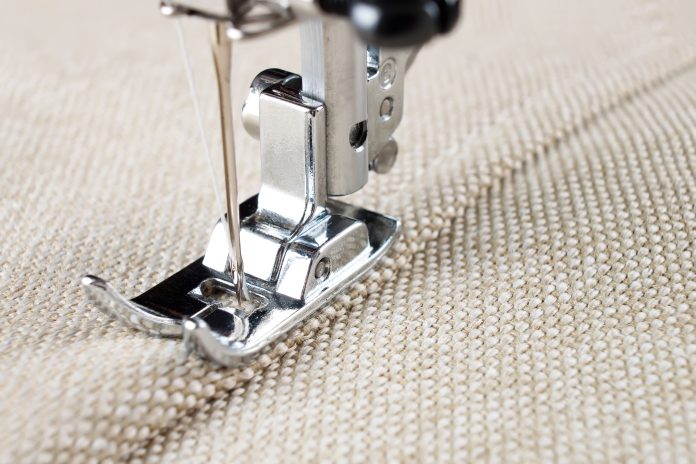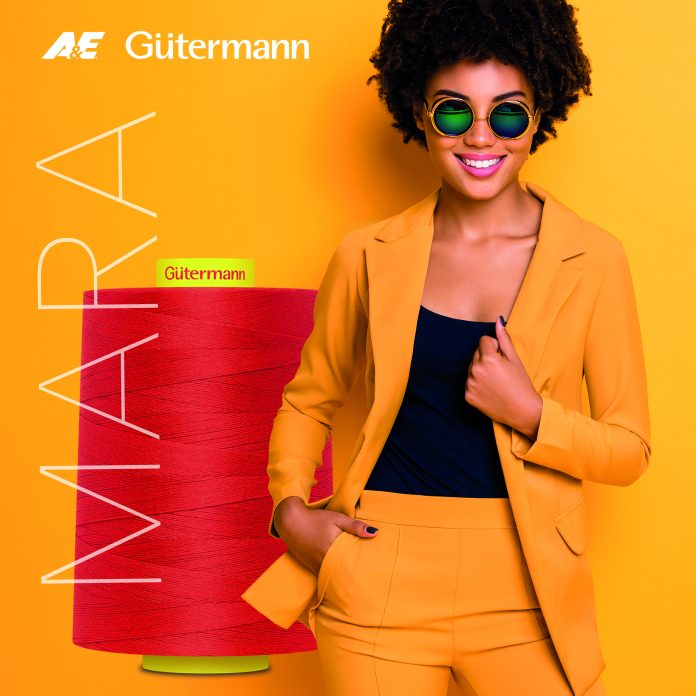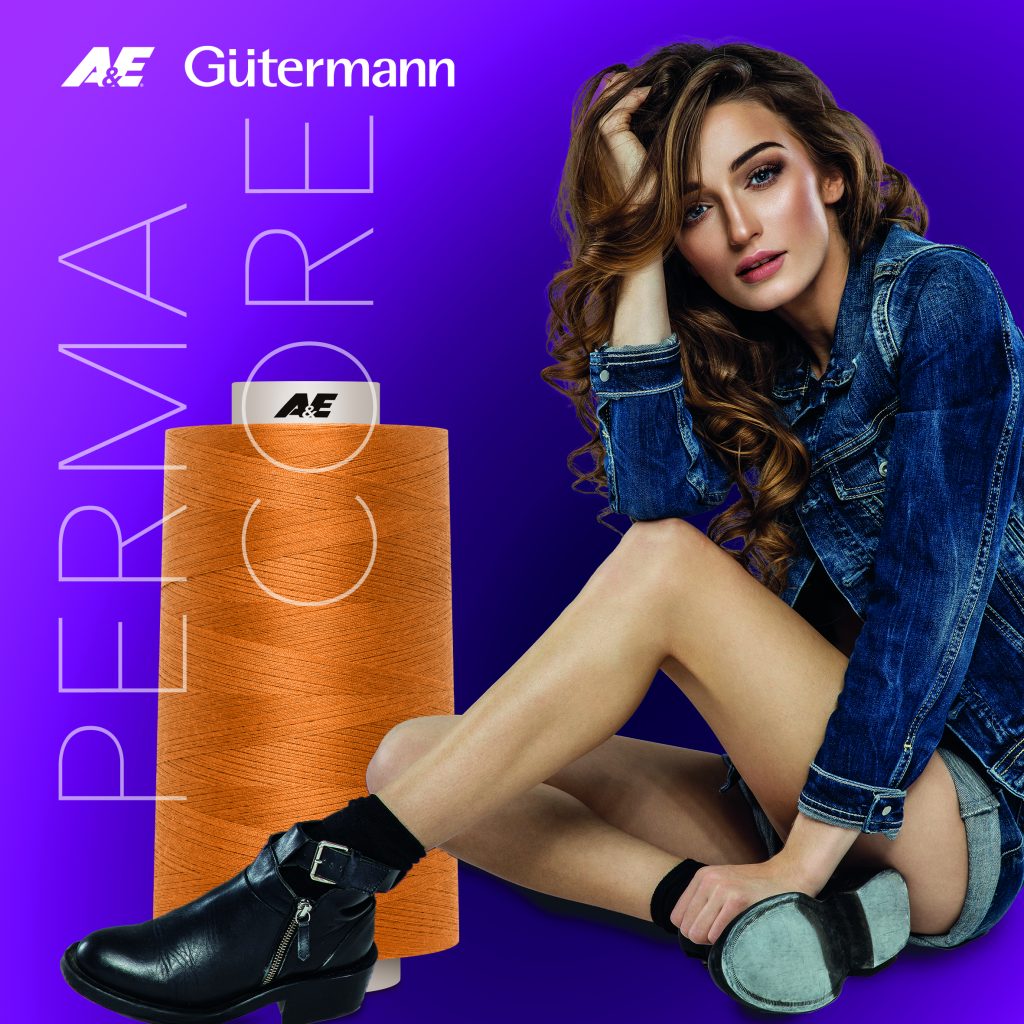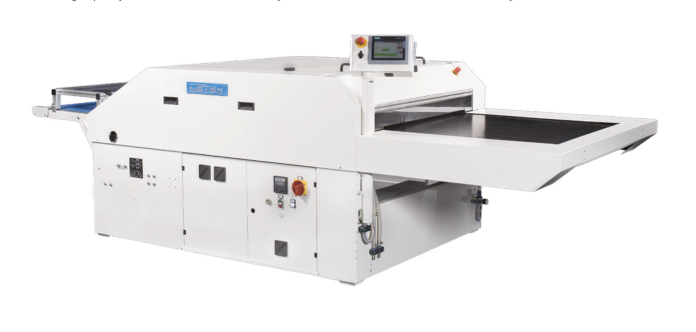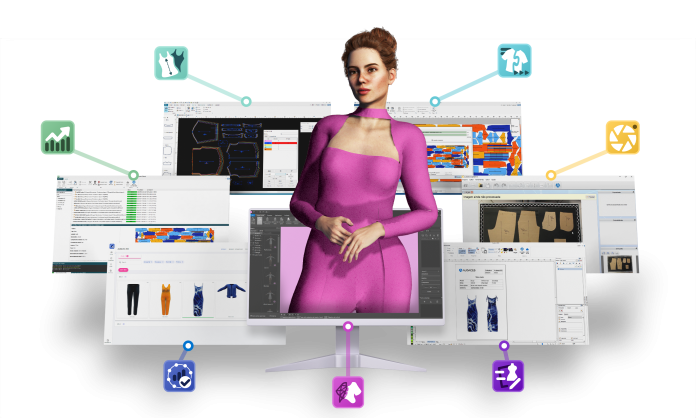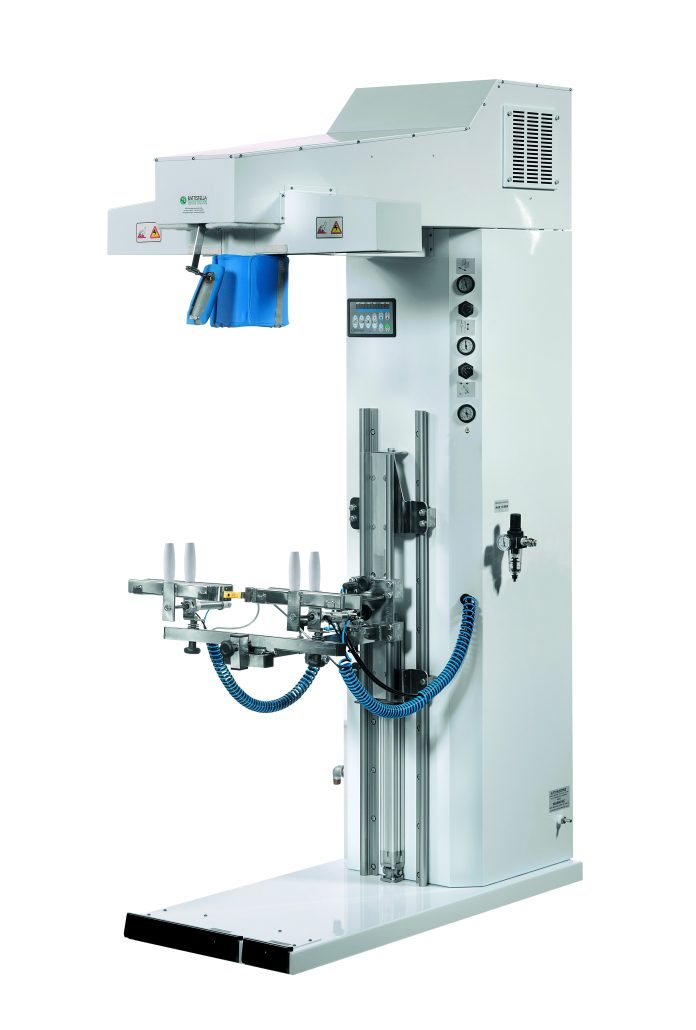Luca Sburlati, President of Confindustria Moda, signed a joint declaration against Ultra Fast Fashion in Paris, together with Euratex and the main European textile and clothing federations.
The initiative, promoted by the French associations UFIMH and UIT, marks a common front at European level to defend the sector, workers and consumers from the distorting effects of an unsustainable economic model.
The objectives of the document
The declaration calls for immediate action by the EU and Member States, including:
- the reform of the European Customs Code and the elimination of the duty exemption below €150;
- the introduction of tariffs on small parcels to finance more effective customs controls;
- the recovery of VAT on ultra fast-fashion shipments;
- requiring e-commerce platforms to have a legal representative in the EU, with the same responsibilities as European companies;
- using the Digital Services Act and the Digital Markets Act to sanction unfair practices;
- initiating a dialogue with the Chinese authorities on combating production models that are contrary to shared environmental objectives.
In order to achieve these objectives at EU level, Confindustria Moda believes that the support of the Italian government is essential. The Federation therefore hopes that these objectives will be considered a priority and pursued in the most appropriate EU and national forums.
The adoption of the measures outlined above, aimed at safeguarding the entire Italian textile and clothing sector, is all the more urgent when considering the latest data on imports from China, which show a worrying increase.
The document expresses deep concern about the expansion of non-EU e-commerce platforms that fuel ultra-fast fashion, with devastating impacts on:
- The environment: overproduction of short-lived clothing, exponential growth in textile waste and increased unsustainable consumption.
- The economy: unsustainable pressure on Italian and European companies and brands that comply with high environmental and social standards, unfair competition linked to VAT fraud and intellectual property violations.
- Society: desertification of urban centres and loss of value of European textiles based on quality, durability and innovation.

